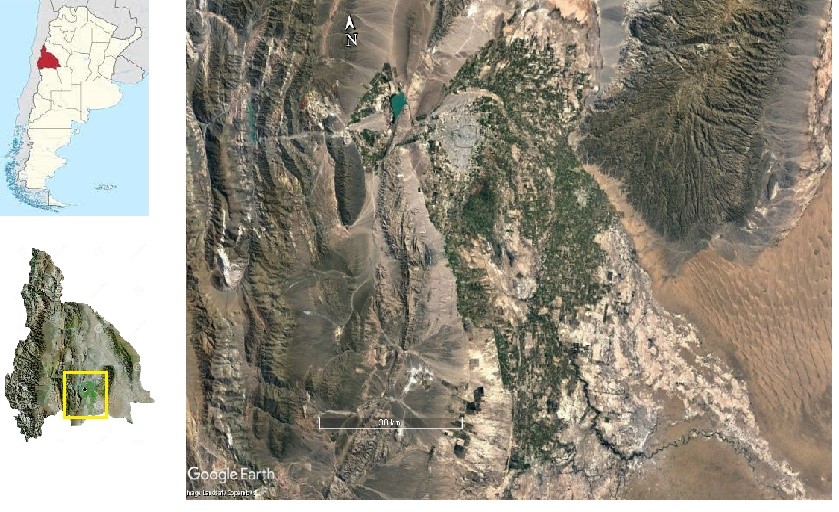Seismic risk analysis in the Ullum-Zonda and Tulum valleys, San Juan Province (Argentina)
Main Article Content
Abstract
The aim of this paper is to analyze seismic risk in the Ullum-Zonda and Tulum Valleys, located in the province of San Juan. It characterizes the hazard, vulnerability, and exposure of the population, while also analyzing and identifying capacities and resources to prevent and reduce seismic risk exposure. The level of risk for residents is thus determined. A qualitative methodological strategy was implemented, applying documentary source analysis techniques. The Pressure and Release (PAR) model was used to interpret and analyze vulnerability; current INPRES seismic hazard zoning was considered for risk estimation, and the Unmet Basic Needs (UBN) index was applied to assess vulnerability level of the department of the province (2010). Critical risk areas were identified. Findings show that seismic risk is not homogeneous across the whole area studied, with some zones displaying higher population exposure due to vulnerabilities—especially physical, economic, social, and cultural—in the face of seismic threats. The structural measures and the lack of non-structural ones are highlighted.
Article Details

This work is licensed under a Creative Commons Attribution-NonCommercial-ShareAlike 4.0 International License.
Los contenidos de la revista están protegidos bajo la licencia Creative Commons Atribución-NoComercial-Compartir Obras Derivadas Igual 4.0 Internacional (CC-BY-NC-SA 4.0). Esta licencia permite compartir, copiar, distribuir y transformar las obras, bajo las siguientes condiciones:
- Citar la autoría y fuente original.
- Mantener los mismos términos de la licencia en las obras derivadas.
Los editores están autorizados a depositar y difundir los trabajos en bases de datos y redes sociales, con el objetivo de aumentar su visibilidad.
Términos de la licencia: http://creativecommons.org/licenses/by-nc-sa/4.0/deed.es

